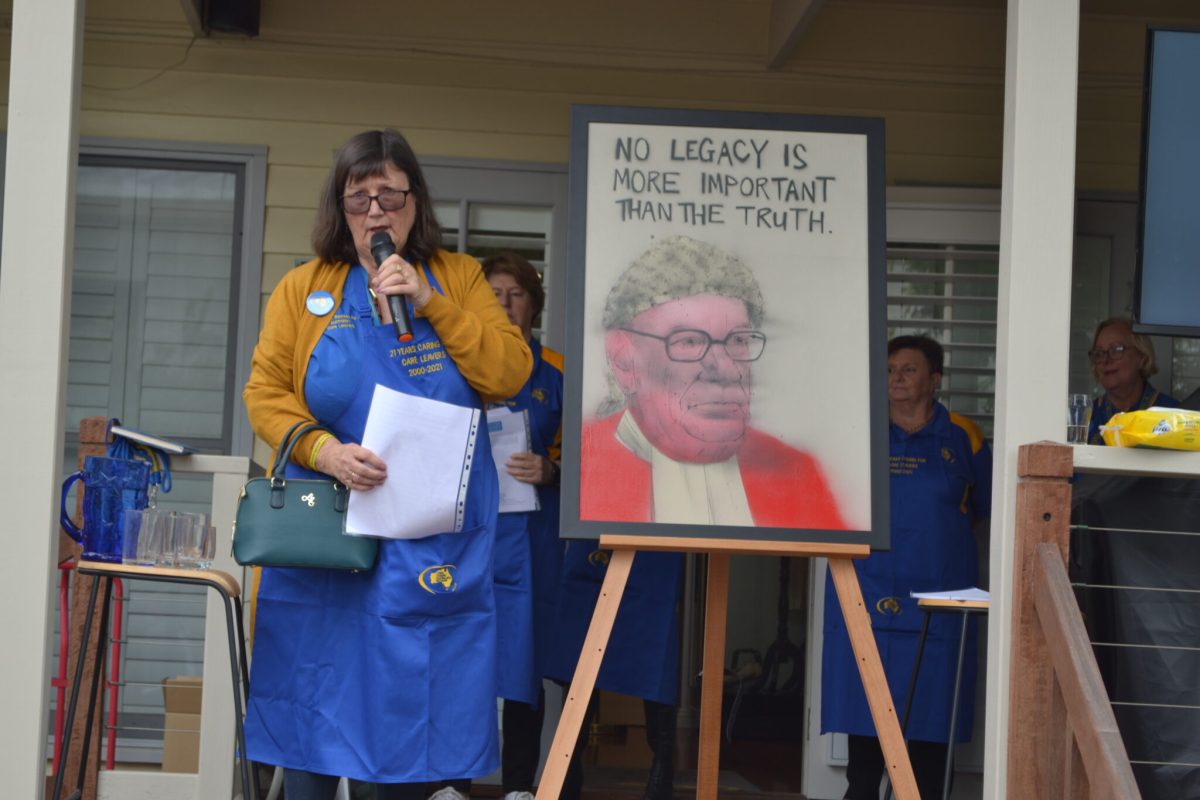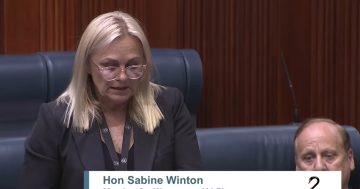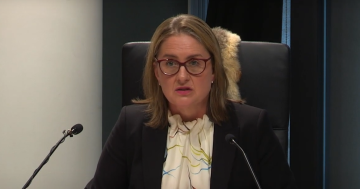
Advocate Leonie Sheedy is highly critical of the National Redress Scheme. Photo: Australian Orphanage Museum.
CONTENT WARNING: This article refers to sexual assault of children.
The National Redress Scheme, set up by government to provide compensation to those abused as children in state care, schools and church-run orphanages, has been described an as “unmitigated disaster” by those supporting victims.
Two advocates who spoke to Region say the process is slow and the payments too low, and they are aware of people who have died waiting for the outcome of their applications.
Numerous complaints about the scheme have sparked a parliamentary inquiry into its operation, which held a public hearing at Parliament House in Canberra on Friday (2 August).
Frank Golding, a historian and long-time advocate for child abuse victims, says the scheme simply isn’t working.
“It’s an unmitigated disaster. They are more than halfway through the process, and the backlog is enormous,” he said.
A child abuse royal commission recommended the establishment of a National Redress Scheme in 2016 after uncovering widespread incidents of abuse in institutions throughout Australia.
Many victims of historical abuse felt they were unable to seek justice through the court system, as it was too costly and difficult to pursue claims for incidents that may have occurred up to 60 years ago.
The National Redress Scheme was funded by state governments and churches to provide compensation for victims in a way that was easier and required a less onerous burden of proof. Payments are capped at $150,000.
“The fundamental problem with the scheme is there’s a huge conflict of interest,” Mr Golding said.
“The governments around Australia that contribute to the fund control the way it operates. They’re paying the outcomes so it’s in their interest to keep it slow and payments low.”

A royal commission uncovered widespread institutional child abuse. Photo: File.
Leonie Sheedy, CEO of Care Leavers Australasia Network (CLAN), which advocates for survivors of abuse in institutions, agrees.
“We were told we’d be believed. But they’re treating it like an insurance claim,” she said.
“I’ve heard too many horror stories about how people have been re-traumatised by the process. People are waiting forever for an outcome. ”
According to data collected by the Department of Social Services, under which the redress scheme sits, some 44,342 people have applied for compensation. Just 36 per cent of this cohort have received a payment and 41 per cent have had their outcome determined. Most are still waiting.
The DSS declined to answer a question on the average wait time for applicants.
“The Australian Government’s priority is to ensure survivors do not face unnecessary delays as they seek redress under the National Redress Scheme,” a DSS spokesperson said.
According to the government, the scheme aims to progress and assess applications in the shortest time possible; however, processing times can vary depending on individual circumstances and the complexity of the application.
Ms Sheedy, who gave evidence to the inquiry hearing in Canberra on Friday, doubts this is the case.
“We are helping an 80-year-old lady who worked in a military clothing factory 64 years ago, where she was abused. The independent decision-makers have asked all these questions: ‘Who was the boss?’ ‘Where was it?’ We are having to send this old lady into the city by train to try and find this factory,” she said.
“The process is just too stressful. It slowly rips you to pieces emotionally.”
Ms Sheedy said she also helped a woman who was denied compensation after being subjected to a so-called “virginity test” in a state-run orphanage.
“How is checking a girl for virginity not abuse? That’s state-sanctioned rape,” she said.
If this story has brought up issues for you, contact Lifeline on 13 11 14, or call Triple Zero (000) in an emergency. The Canberra Rape Crisis Centre (CRCC) is available every day between 7 am and 11 pm on 6247 2525.
Historical allegations of sexual assault from more than six months ago can be reported to ACT Policing through an online portal.
Original Article published by Oliver Jacques on Riotact.




